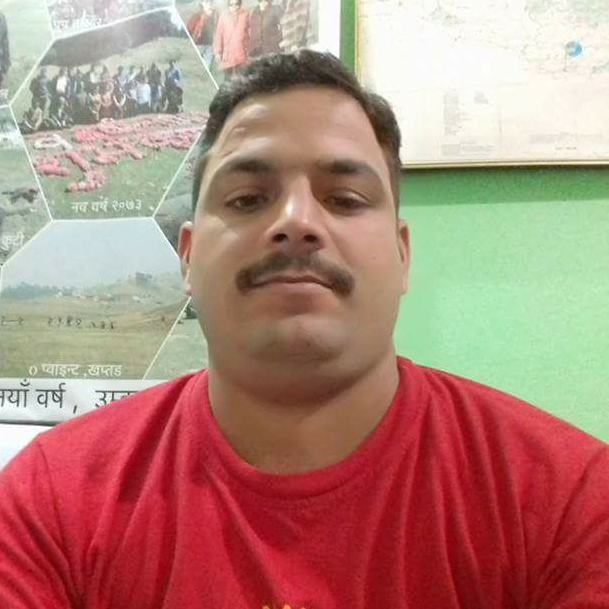Money
Women in rural far west earn selling leaf plates to cities
Women’s groups use machines to mould sal leaves into plates and bowls. These traditional, eco-friendly dishes are widely used at fairs and festivals.
Bhawani Bhatta
Women generally pick green leaves from the sal tree (Shorea robusta) and stitch them into plates and bowls. Until recently, the process was all manual.
Now, Phool Kumari Chaudhary, a homemaker in far-western Nepal, has something to cheer about.
She collects leaves from the community forest nearby and sorts them out in the village.
She then uses moulding machines to produce plates and bowls, which are traditionally used during fairs, festivals, and religious ceremonies in Nepal.
“We collect leaves and dry them for a day. After that, we put the leaves on the machine and produce bowls and plates,” said Chaudhary, the Duna Tapari Producers’ Group coordinator in Rajghat, Krishnapur Municipality.
Women are making leaf plates in self-help groups and selling them at the local market. This helps them support their families and in their children’s education.
The business of making leaf plates has a huge potential. Besides being eco-friendly, the process is cheap and promotes a green economy.
In city areas, some fast food vendors, restaurants and hotels have also started serving meals on sal-leaf dishes.
Experts say that since Nepal’s hotels have decided to ban single-use plastics from January 1, 2025 as they join the fight against plastic pollution and a campaign to promote sustainable tourism, the demand for environment-friendly plates and bowls could rise.
The women's group said that while single-use plastic items cause serious environmental problems, sal leaves are a sustainable option.
Chaudhary said women associated with the Bandev Community Forest produced the environmentally-friendly plates and bowls after training.
The leaf plates and bowls produced in Laljhadi are dispatched to the markets in Kathmandu and Pokhara. “So far, we have sent two consignments to Kathmandu,” said Chaudhary.
The machine provided to the community produces bowls measuring 5 to 7 inches to plates of 10 and 12 inches.
Bowls and plates cost Re1 to Rs6 apiece, depending on the size.
“Most of the bowls and plates are used in the villages. We cannot fulfil the demand on special occasions,” Chaudhary said.
It has become a side job for women, most of them farmers.
“As we are busy on the farm or occupied with home’s daily affairs, we produce leaf bowls and plates during our free time,” said Chaudhary.
The Bandev Community Forest group in Ward 5 of Krishnapur also started making bowls and plates in April.
A total of eight women are engaged in the business.
“We have not yet sent our products outside the village,” said Yasodha Rawal, treasurer of the community forest. “If we work daily, we can make good money,” said Rawal.
Rawal said that after the community forest coordination committee in the Laljhadi Mohana Conservative Area provided training, they started making leaf bowls and plates.
As the demand for bio plates and bowls is increasing, women’s groups plan to open a shop and cater to other districts too.
Due to the rainy season, women are no longer able to go to the jungle. The leaves collected previously are being used to make bowls and plates.
The machine can produce 500 bowls and plates a day. The women's group also buys the leaves collected by others.
Large and green healthy leaves are primarily available during the March-April period.
There is a slack season, when demand drops. “During the spring season, as women were busy harvesting wheat, we suffered a loss as the leaves decayed,” said Rawal.
Sal leaves that used to rot in the community forest are being processed now to generate income from women, said Niraj Bhandari, president of Bandev Community Forest, Rajghat. This has helped many women become self-dependent.
Experts say this could be an alternative for plastic and glass utensils in hotels, restaurants, and hospitals for cost and environmental reasons and without compromising hygiene.
Leaf plates are easy to dispose of and can also be fed to cattle.




 14.12°C Kathmandu
14.12°C Kathmandu














